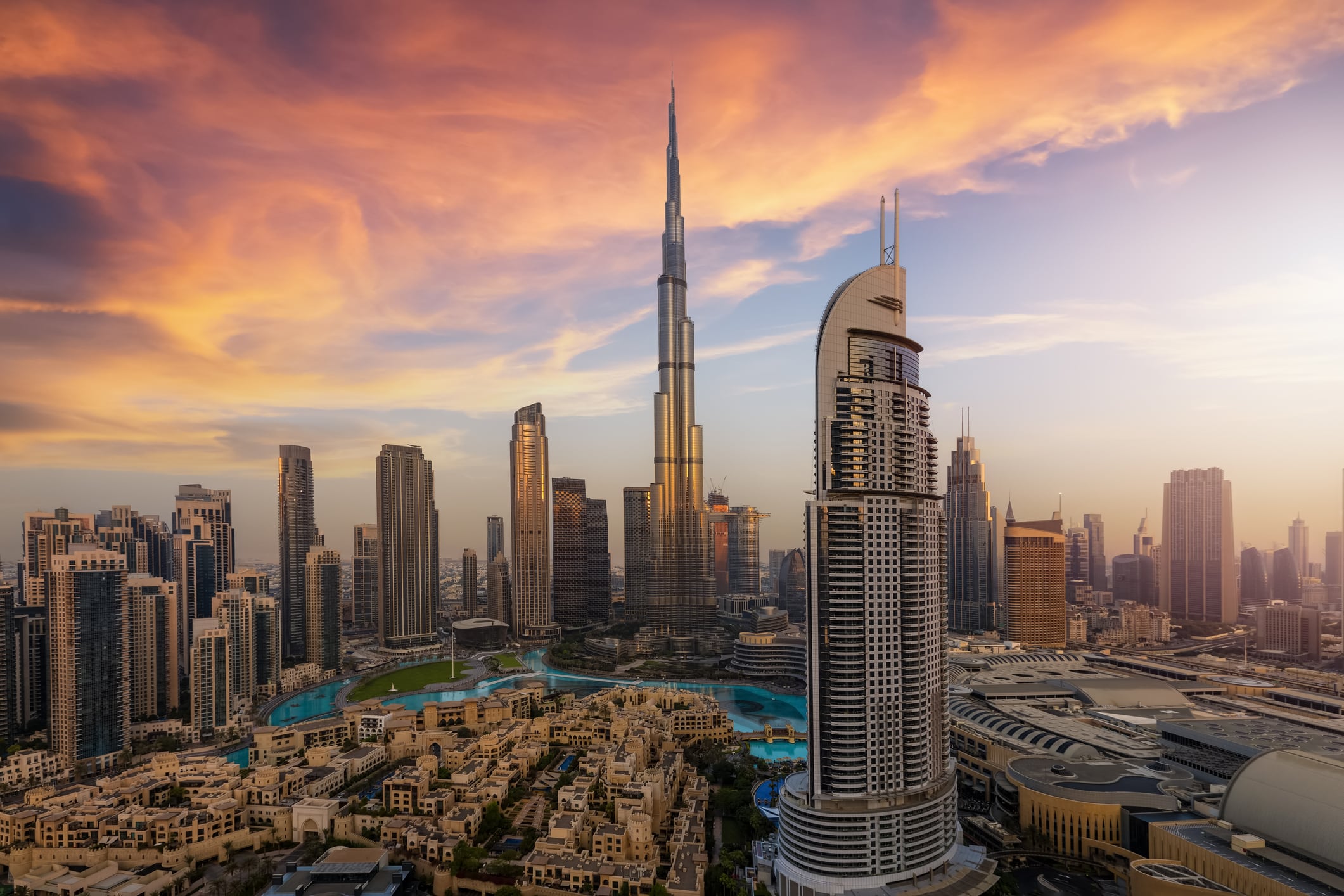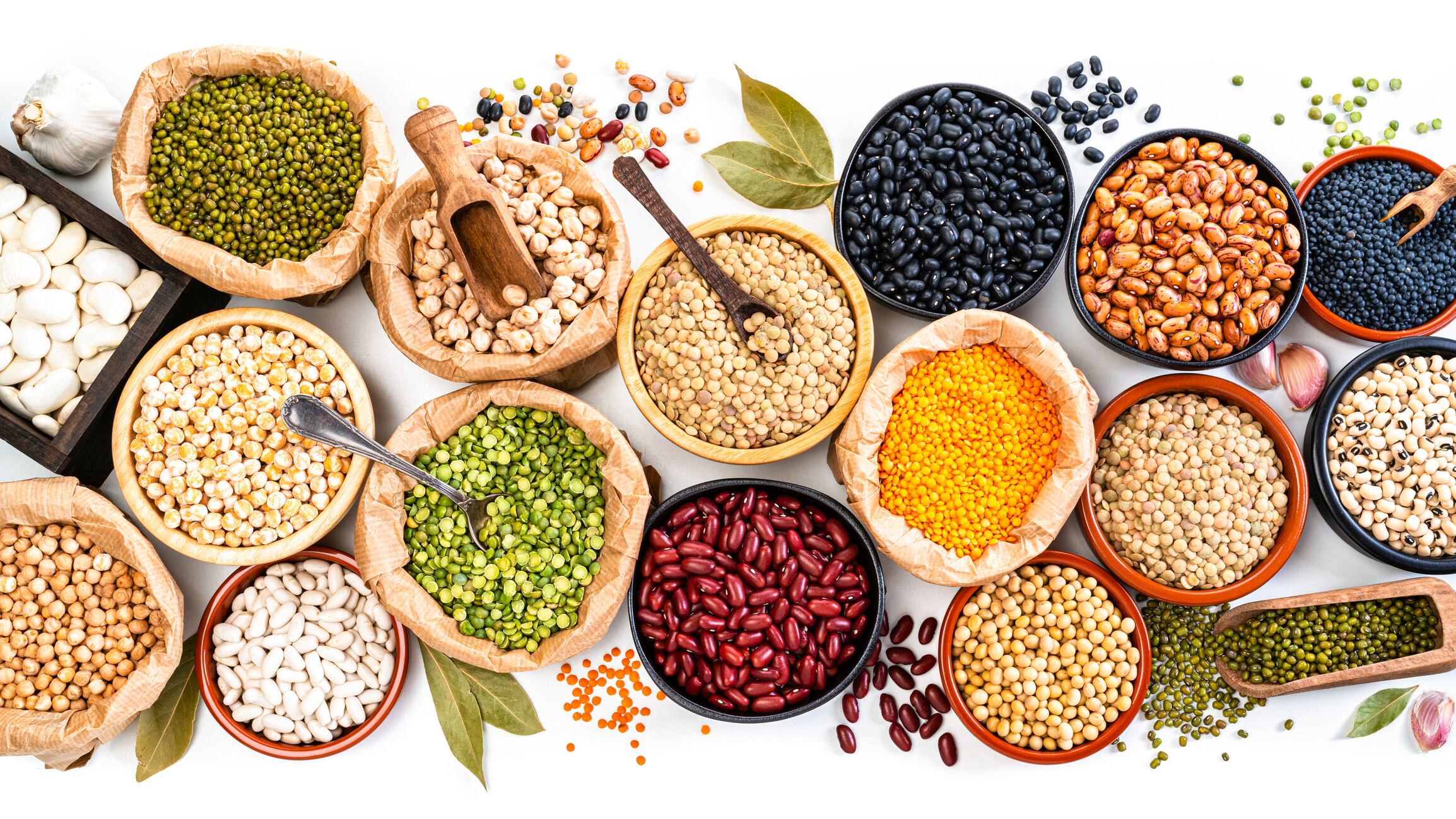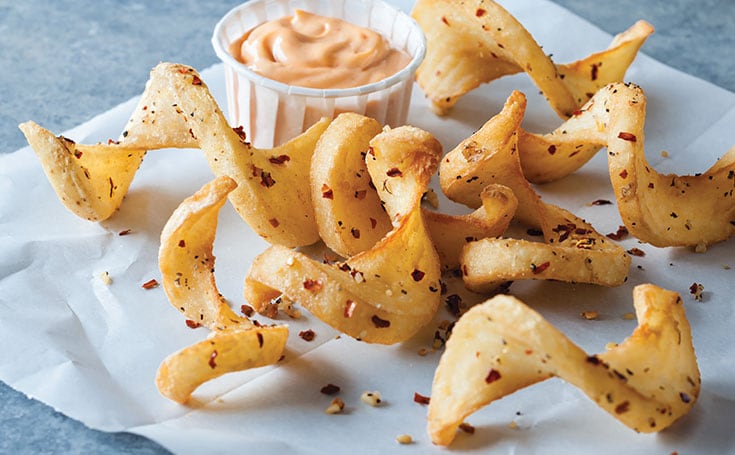Although the majority of Middle Eastern consumers are Muslim, historically South East Asian countries such as Indonesia and Malaysia have been topping the headlines when it comes to halal food production.
However, according to the State of the Global Islamic Economy (SGIE) 2024/25 Report, the Middle East is set to emerge as a major challenger moving forward, with many governments in the region having implemented national strategies aimed at boosting local economies and improving local food security.
“National strategies across the [Middle East] region have shown successful implementation, positioning the region as a central hub for halal food manufacturing and processing,” stated the authors of the 259-page report.
“The rapid expansion of multinational and regional food companies into Saudi Arabia and the UAE signals a strategic shift towards localising halal food production in the Gulf region.”
Key investments in the Middle East over the past year:
- Brazilian firm JBS’s new US$50m facility in Saudi Arabia
- UAE-based Al Ghurair Foods’ poultry processing plant
- Nestlé’s inaugural manufacturing plant in Saudi Arabia
Crucially, there are very substantial dollar amounts being poured into this area by both public and royal family funds, dollars which can certainly accelerate the rate of development in food and agriculture sectors.
“We see that many OIC (Organisation of Islamic Cooperation) sovereign wealth funds and governments are investing substantially in agriculture and food production to enhance food security,” they added.
“Prominent projects include Bahrain’s establishment of a new food holding company, Saudi Arabia’s launch of the food-tech entity Topian, Algeria’s US$455m agricultural project, and Kazakhstan’s US$600m poultry farm.”
The OIC is an intergovernmental organisation comprising 57 countries, focused on the well-being and progress of the Muslim community.
Halal food is an important area of development for the Middle East, not only to ensure self-sufficiency and reduce reliance on food imports, but also to open new avenues for economic growth moving forward – halal food expenditure grew by 2.6% year-on-year in 2023 to hit US$1.43tn, and is expected to grow at a 6.2% CAGR to reach US$1.94tn by 2028.
Technology as a key driver
In terms of Muslim consumers’ food spending, currently Indonesia remains the largest market followed by Bangladesh and Egypt, but the researchers believe that strong food technology advancement in the Middle East may soon tip the scales in its favour.
“The foodtech ecosystem in this region is maturing, with startups securing multi-million-dollar funding rounds to scale operations, enter new markets, and address food security challenges,” they said.
“The UAE, Bahrain, and other Gulf nations are also heavily investing in sustainable, high-efficiency farming solutions to address water scarcity, food security, and climate challenges.”
Key food and agritech investments in the Middle East:
- UAE-based agricultural and food technology company Pure Food Technology developed an innovative, solar energy-powered, hydroponic vertical farm, requiring 95% less water than traditional farming and delivering 100 times higher crop yield.
- Masdar City, an Abu Dhabi-based sustainability and innovation hub, partnered with agritech company Alesca Technologies to launch its first indoor vertical farm, deploying automated equipment and AI software to help grow fresh produce.
- Azerbaijan grew 100,000 tons of wheat through circular irrigation systems in 2023 to increase self-sufficiency.
Saudi Arabia leading the charge for self-sufficiency
A lot of work is underway to decrease import dependency in the region, particularly in Saudi Arabia which emerged as the top OIC food importer in 2023, spending US$27.4bn on imports followed by Indonesia (US$25.5bn) and Turkey (US$25.6bn).
“Saudi Arabia has ambitious targets to localise 85% of the country’s food industry by 2030,” stated the report.
“In 2024, it launched the Jeddah Food Cluster, the world’s largest food cluster with investments of SAR5.3bn (US$1.41bn) which is expected to contribute SAR8bn (US$2.13bn) to national exports.”
Though a relatively small start, self-sufficiency progress on this continued trajectory could have major implications for the largest food exporters to the region such as Brazil, India and Russia.
“Saudi Arabia has been clear that its significant investments in developing its halal market are [aimed] at positioning the Kingdom as a global leader in the halal industry,” said the authors.
“The Halal Products Manufacturing Accelerator Programme launched by Saudi’s Halal Product Development Company (HPDC) and the Saudi Export Development Authority (SEDA) is designed to boost local halal production capabilities and expand exports, positioning the country as a global halal production hub.”
Eye-catching innovations from the Middle East
In addition to investments and policies, the Middle East region has also been home to some of the most attention-grabbing food trends in the past year such as the international sensation Dubai Chocolate.
“We see that the halal food sector here is evolving to move beyond just compliance and cultural identity, embracing innovation to meet shifting consumer preferences for health, indulgence, and authenticity,” they said.
“Dubai-based Fix Dessert Chocolatier created the Dubai Chocolate bar [which was] sold initially exclusively in Dubai but then gained global attention through social media virality, prompting interest from international markets.”
Other interesting innovations from the region include Milaf Cola from Saudi Arabia, the world’s first cola made from dates; as well as Egypt’s V7 vitamin-enriched, zero-caffeine cola.





